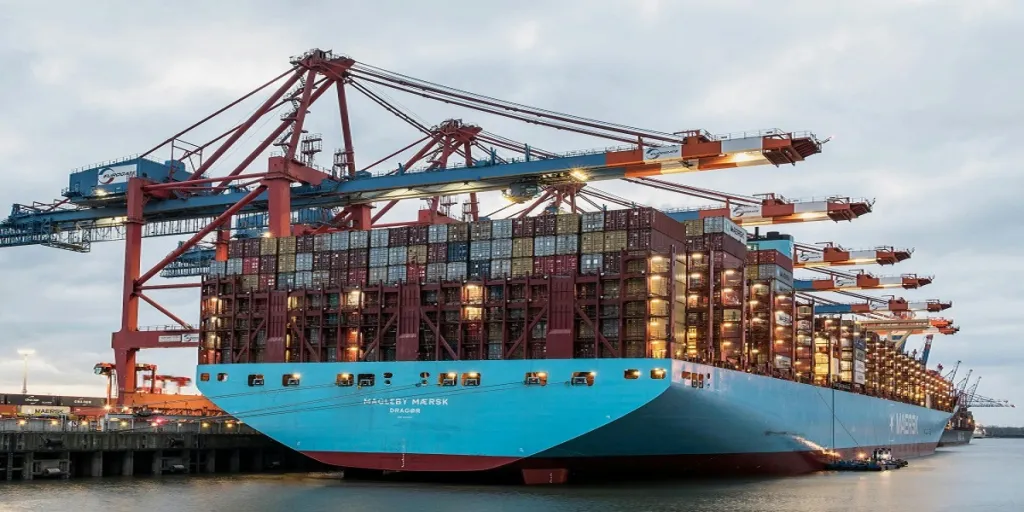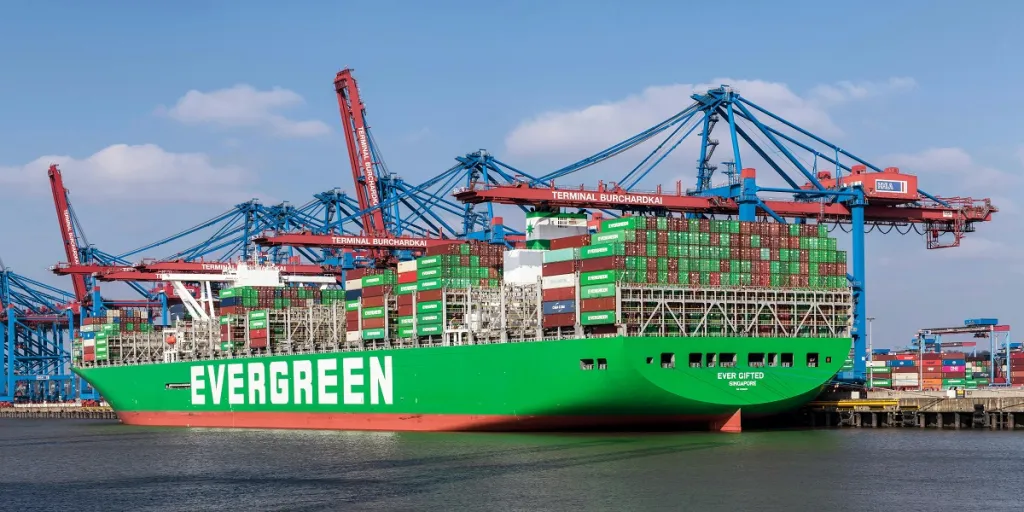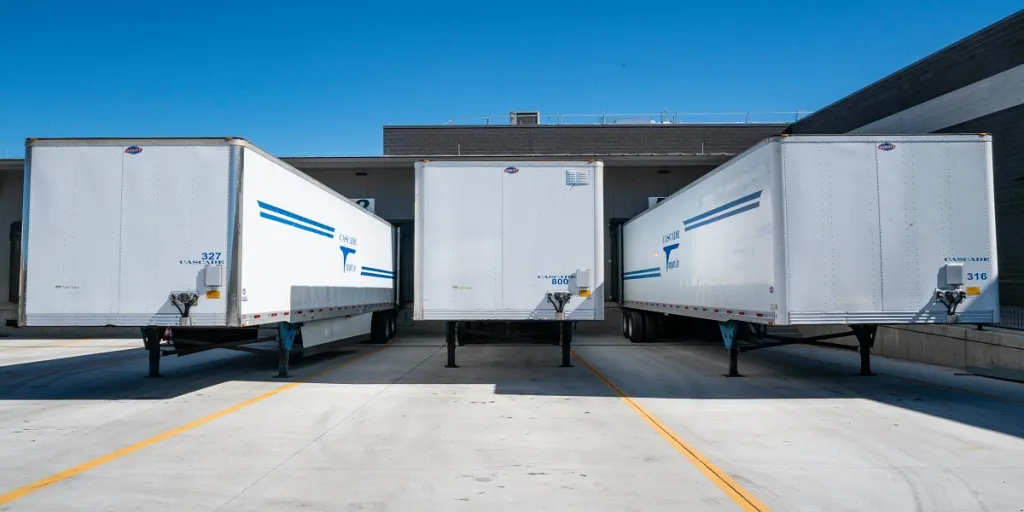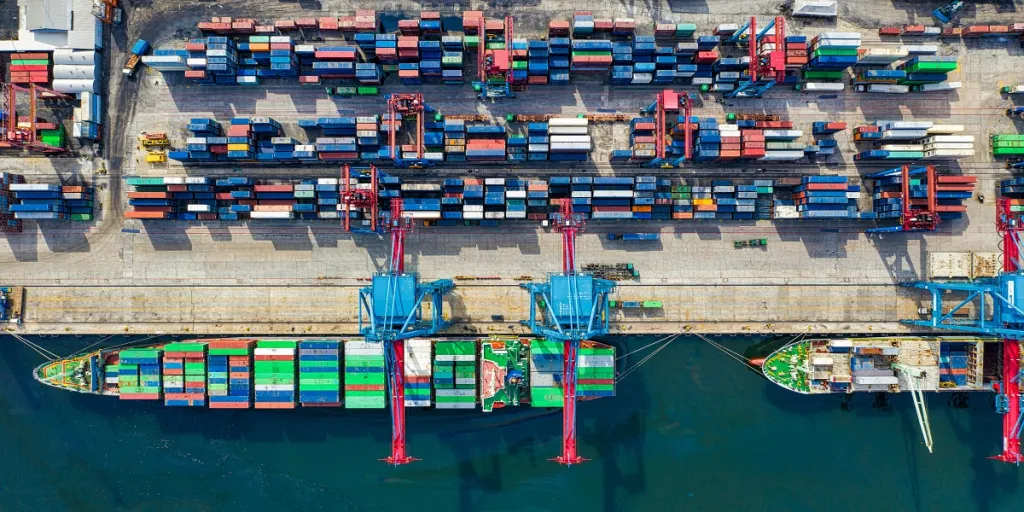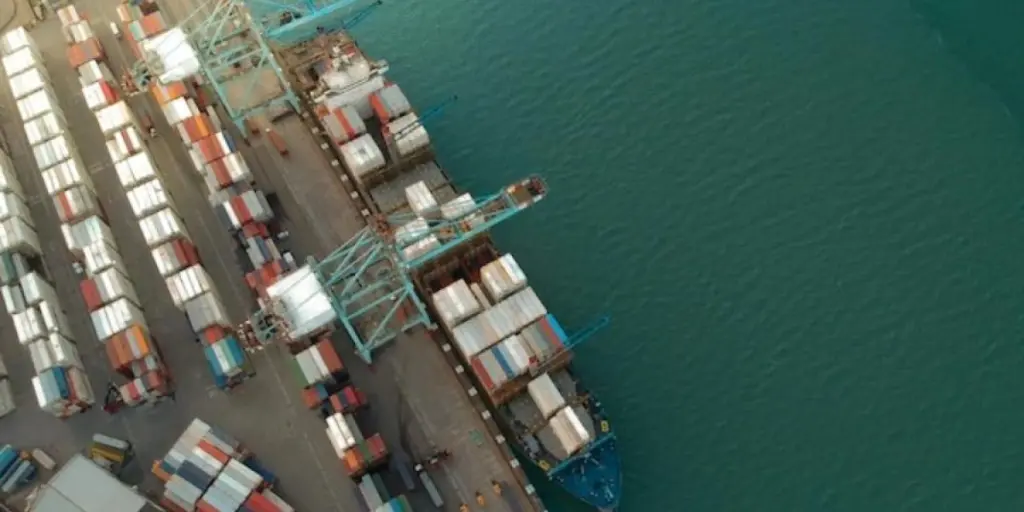International shipping is the lifeblood of the global economy. Just like blood vessels carry nutrients to various body parts, shipping lanes carry goods between various parts of the world.
However, in recent years, increasing geopolitical tensions have been causing global shipping disruptions. For instance, escalating armed attacks in the Red Sea are forcing shipping companies to divert from the Suez Canal, a key maritime route accounting for 12-15% of global trade.
Such geopolitical tensions highlight the intensity of the risk exposure faced by global supply chains. So, how can companies reduce the impact of geopolitical risks on their shipping operations? And what strategies can they implement to maintain the uninterrupted movement of their goods, even amid regional tensions? Read on to explore the answers to these questions!
Table of Contents
4 types of geopolitical risks in international shipping
5 strategies to mitigate geopolitical risks in global shipping
Embrace the shipping risks of our turbulent world
4 types of geopolitical risks in international shipping
In simple terms, geopolitical risks refer to the potential political changes in a country or region that can disrupt global markets and supply chains. These changes might be things like wars, sudden changes in government, or new foreign policies. Let’s take a look at the different types of these risks that can affect international shipping:
Political climate and policy changes
Just like the weather, a country’s political climate can be sunny one day and stormy the next. When the political environment in a country or region transforms due to various factors, such as new leadership or changes in public policy, it can directly impact the way global organizations operate and how goods are shipped across borders.
For instance, on 31 January 2020, the UK officially left the European Union (EU), marking a significant change in Europe’s political climate. Before Brexit, goods flowed freely between the UK and EU nations without any need for customs declarations, checks, or tariffs. However, after Brexit, businesses had to adapt to new customs procedures, deal with additional paperwork, and navigate increased costs related to tariffs and delays.
Economic sanctions and restrictions
Economic sanctions and restrictions are international policy tools used by countries or international coalitions to exert pressure on another nation (often) for political reasons. When countries have political disagreements or conflicts, they might limit access to certain goods, slow down the shipping process, or block trading flows altogether.
One clear example of economic sanctions is the restrictions put on North Korea as a result of its continued nuclear program. These sanctions limit North Korea’s access to financial resources and block the import and export of certain goods including machinery, industrial equipment, and luxury products. As a result, shipping to and from North Korea has slowed down, and key trade routes have been blocked.
Trade wars and tariffs
A “trade war” happens when countries perceive an unequal trade balance, unfair competitive practices, or theft of intellectual property. For example, if Country A puts tariffs on goods from Country B, then Country B might retaliate by putting tariffs on goods from Country A. This can lead to changes in shipping volumes, routes, and costs, influencing global trade patterns.
A most notable example is in 2018, when the US government, in an attempt to reduce its trade deficit with China, increased tariffs on a wide range of Chinese goods. China, in retaliation, imposed additional tariffs on US goods, which triggered a cycle of tariff increases on trade between the two countries.
The reciprocal tariff imposition affected an estimated 2% of the world maritime trade volume. This has led to changes in shipping routes as shipping organizations were forced to adjust their strategies in response to fluctuating trade flows.
War and armed conflicts
Warring nations can disrupt pivotal shipping routes, making certain areas inaccessible. For instance, conflicting territorial claims over lucrative shipping lanes and fishing areas may escalate to military conflicts. Moreover, war-stricken areas are prone to terrorist and piracy attacks that can target critical infrastructure, like ports and canals.
For example, amidst the Middle Eastern conflicts, the Houthi rebel group in Yemen has been known to target ships sailing through the Bab el-Mandeb Strait, a strategically crucial maritime chokepoint that links the Red Sea to the Gulf of Aden. These attacks threatened oil tankers traversing the Red Sea, leaving roughly 10% of the world’s oil supply at risk.
5 strategies to mitigate geopolitical risks in global shipping
As we can see, geopolitical risks can severely disrupt international shipping lanes, causing delays or cancellations of shipments and significant financial losses. Therefore, businesses need to implement effective risk management strategies to proactively anticipate and adeptly manage geopolitical risks. Here are 5 measures that businesses can adopt to mitigate geopolitical disturbances:
Insurance coverage
Insurance coverage is one of the most straightforward and efficient risk management strategies to mitigate potential geopolitical impacts on shipping. It enables businesses to transfer a significant portion of possible monetary loss to the insurer.
For example, when shipping goods and cargo via water, businesses can use marine insurance to safeguard against losses, theft, or damages involving ships, cargo, terminals, and any mode of transportation used for moving the goods from their starting point to the final destination.
Businesses can extend their cargo coverage with a “War Risk Open Policy” to include risks such as capture, seizure, destruction, or damage by men-of-war, piracy, and other war-like operations.
Additionally, businesses can use these insurance policies to evaluate the significant risk imposed by their shipping routes, as insurance premiums tend to be higher for routes passing through areas experiencing political instability or tension.
Just-in-time shipping
Another way to manage shipping risks is to adopt the Just-In-Time (JIT) approach. JIT is a supply chain management strategy that synchronizes production with demand in a precise manner, aiming to deliver products exactly when needed. This approach can be extended to shipping by coordinating the arrival of cargo to match the specific needs of the consignee, rather than delivering large shipments in advance.
By keeping the number of items in each shipment to a minimum and scheduling cargo delivery to align with the precise operational demand, businesses can enhance their shipping resilience against potential geopolitical disruptions. However, as companies are making smaller, more frequent deliveries rather than large, bulk shipments, this could lead to higher total shipping costs.
Diversification of shipping routes
In situations where there is a high expectation of geopolitical uncertainties, diversifying shipping routes can act as an effective measure to mitigate possible shipping disruptions. For instance, if a vital sea route is hampered due to geopolitical disputes, finding alternative sea routes might be beneficial to bypass the geopolitical hotspots.
An illustrative example occurred in 2021 when the Suez Canal route experienced significant congestion. Hapag-Lloyd, a shipping company, responded proactively by rerouting its vessels around the Cape of Good Hope, located at the southern tip of Africa, to bypass the blockage. Despite the addition of approximately 3,500 nautical miles and an extended transit time of up to two weeks, this strategic move enabled a continuous flow of cargo movement.
During extreme times when ocean freight becomes infeasible, businesses can even consider alternative transportation methods such as air or rail freight. For example, rail freight can be a cost-effective and risk-free alternative for goods that do not require rapid delivery. Particularly in regions like Europe and Asia, rail networks provide extensive infrastructure for moving goods between cities and countries.
Regional distribution centers
Another way for businesses to proactively manage geopolitical turmoil is by modifying their international shipping networks to include regional distribution centers (RDCs). These strategically located warehousing/distribution facilities are designed to receive, store, and distribute goods within a defined geographical region.
With RDCs, a business can effectively minimize its dependence on far-ranging international shipping routes. To illustrate this strategy, consider a company that imports various electronic components from suppliers located in East and Southeast Asia and Central Europe.
Instead of relying on direct shipping routes from these regions to their headquarters in the U.S., this business could opt to establish an RDC in a location with efficient freight connectivity to both North America and Europe—such as Singapore or South Korea. Once the various components are consolidated at the Asian RDC, they can be shipped to the U.S. through a safe and secure shipping lane like the Strait of Malacca route.
Free trade zones
The mitigation strategies we have discussed so far mainly address the risks of political instability that could lead to blockades or threaten shipping routes. However, as mentioned at the beginning of the post, geopolitical tensions can also manifest as taxes and tariffs imposed by governments.
In this case, an effective strategy is to leverage free trade zones (FTZs), which are designated geographical areas where goods can be imported, handled, and re-exported under special customs regulations.
Normally, customs duties and taxes are simply deferred until the products exit the FTZ and enter the domestic market. However, if goods are re-exported from an FTZ without ever entering the local market, they can entirely bypass customs duties and taxes.
Let’s consider a hypothetical scenario where because of a geopolitical crisis, the United States decides to levy high tariffs on cars imported from Europe. In such a situation, a German car maker could mitigate these tariff impacts by using an FTZ in Mexico, a country that maintains preferential trade agreements with the US.
The German manufacturer could import automotive parts from Germany or other European countries into the Mexican FTZ. Within the FTZ, these parts could be stored without the burden of tariffs or used to assemble cars. Once the cars are assembled within the Mexican FTZ, they can be re-exported to the United States at a reduced or zero tariff rate.
Embrace the shipping risks of our turbulent world
Despite all the defensive measures and mitigation strategies, it is important to remember that we live in a changing world where unpredictable geopolitical tensions can erupt between night and day. The key takeaway is that businesses need to actively track the geopolitical environment and minimize their risk exposure to ensure their products can get from point A to point B, no matter what happens in the world.
Gain a deeper understanding of global shipping challenges by exploring how e-commerce businesses are adapting to the Red Sea crisis!

Looking for a logistics solution with competitive pricing, full visibility, and readily accessible customer support? Check out the Alibaba.com Logistics Marketplace today.
